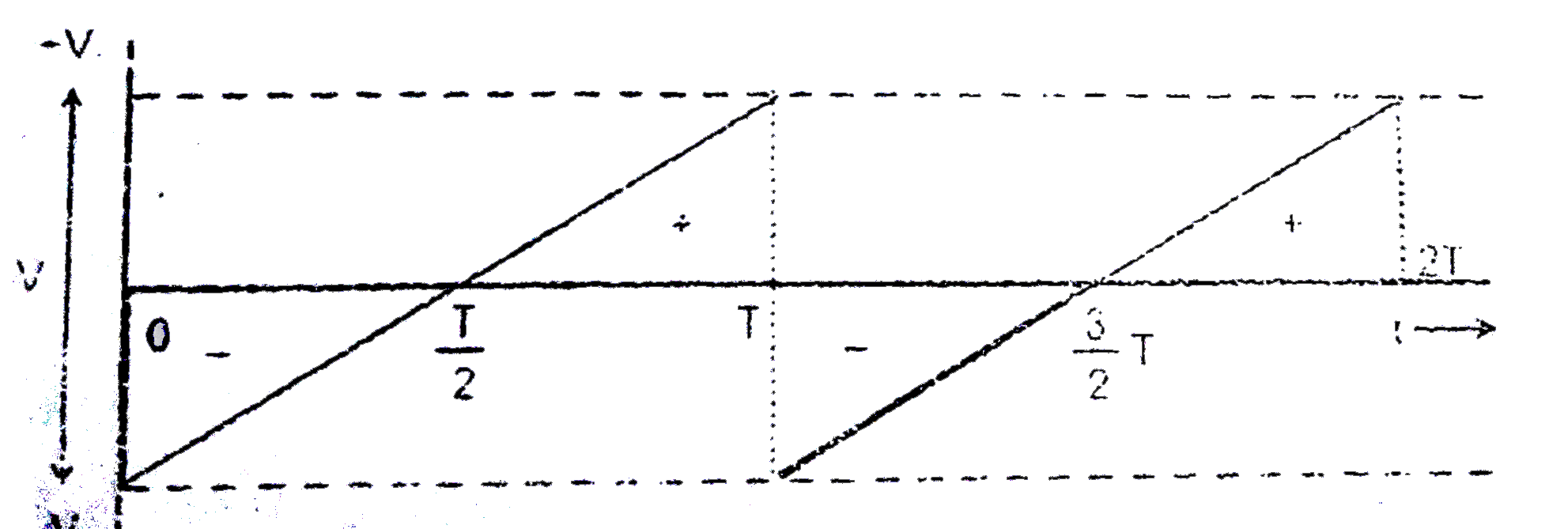Let I be the purchase value of an equipment and V(t) be the value after it
has been used for t years. The value V(t) depreciates at a rate given by
differential equation (dVtdt=−k(T−t)
, where k>0
is a constant and T is the
total life in years of the equipment. Then the scrap value V(T) of the
equipment is :
(1) T2−1k
(2) I−kT22
(3) I−k(T−t)22
(4) e−kT
e−kT
T2−Ik
I−kT22
I−k(T−t)22
The correct Answer is:C
To solve the problem, we start with the given differential equation that describes the depreciation of the value of the equipment:
dV(t)dt=−k(T−t)
where k>0 is a constant, T is the total life of the equipment in years, and I is the initial purchase value of the equipment.
Step 1: Rearranging the Differential Equation
We can rearrange the equation to isolate dV(t):
dV(t)=−k(T−t)dt
Step 2: Integrating Both Sides
Next, we integrate both sides. We will integrate from t=0 to t=T for the left side and from V(0)=I to V(T)=V(T) for the right side:
∫V(T)IdV(t)=∫T0−k(T−t)dt
Step 3: Solving the Left Side
The left side integrates to:
V(T)−I
Step 4: Solving the Right Side
Now, we need to solve the right side:
∫T0−k(T−t)dt
This can be simplified as follows:
−k∫T0(T−t)dt
Calculating the integral:
∫(T−t)dt=Tt−t22
Evaluating from 0 to T:
(Tt−t22)T0=(T⋅T−T22)−(0−0)=T2−T22=T22
Thus, the right side becomes:
−k⋅T22
Step 5: Setting the Two Integrals Equal
Now we set the two results equal to each other:
V(T)−I=−k⋅T22
Step 6: Solving for V(T)
Rearranging gives us:
V(T)=I−kT22
Conclusion
The scrap value V(T) of the equipment after T years is:
V(T)=I−kT22
Thus, the correct answer is option (2):
(2) I−kT22
Topper's Solved these Questions
- BOOK - CENGAGE ENGLISHCHAPTER - DIFFERENTIAL EQUATIONSEXERCISE - Jee advanced3videos
DIFFERENTIAL EQUATIONS
- BOOK - CENGAGE ENGLISHCHAPTER - DIFFERENTIAL EQUATIONSEXERCISE - Multiple Correct Answerts type5videos
DIFFERENTIAL EQUATIONS
- BOOK - CENGAGE ENGLISHCHAPTER - DIFFERENTIAL EQUATIONSEXERCISE - Numerical value type17videos
DIFFERENTIAL EQUATIONS
- BOOK - CENGAGE ENGLISHCHAPTER - DIFFERENT PRODUCTS OF VECTORS AND THEIR GEOMETRICAL APPLICATIONS EXERCISE - Multiple correct answers type11videos
DIFFERENT PRODUCTS OF VECTORS AND THEIR GEOMETRICAL APPLICATIONS
- BOOK - CENGAGE ENGLISHCHAPTER - DIFFERENTIATIONEXERCISE - Archives14videos
DIFFERENTIATION
Similar Questions
V=k(PT)0.33 where k is constant. It is an,
View SolutionIf t>0 and t2−4=0, what is the value of t ?
View SolutionIf currentI=Kcosωt+Ksinωt, (where K is a constant and t is time), then RMS value of current for one complete cycle is
View SolutionIf i=t2,0<t<T then r.m.s. value of current is
View SolutionThe instantaneous velocity of a particle moving in a straight line is given as a function of time by: v=v0(1−(tt0)n) where t0 is a constant and n is a positive integer . The average velocity of the particle between t=0 and t=t0 is 3v04.Then , the value of n is
View SolutionIf the sum of the zeros of the quadratic polynomial f(t)=kt2+2t+3k is equal to their product, find the value of k.
View SolutionThe x-t equation is given as x=2t+1. The corresponding v-t graph is
View SolutionFind the aveage for the saw-tooth voltage of peak value V0 from t=0 to t=2T as shown in figure.
 View Solution
View SolutionIf velocity v varies with time t as v=2t2, then the plot between v and t2 will be given as :
View SolutionIf velocity v varies with time t as v=2t2, then the plot between v and t2 will be given as :
View Solution

